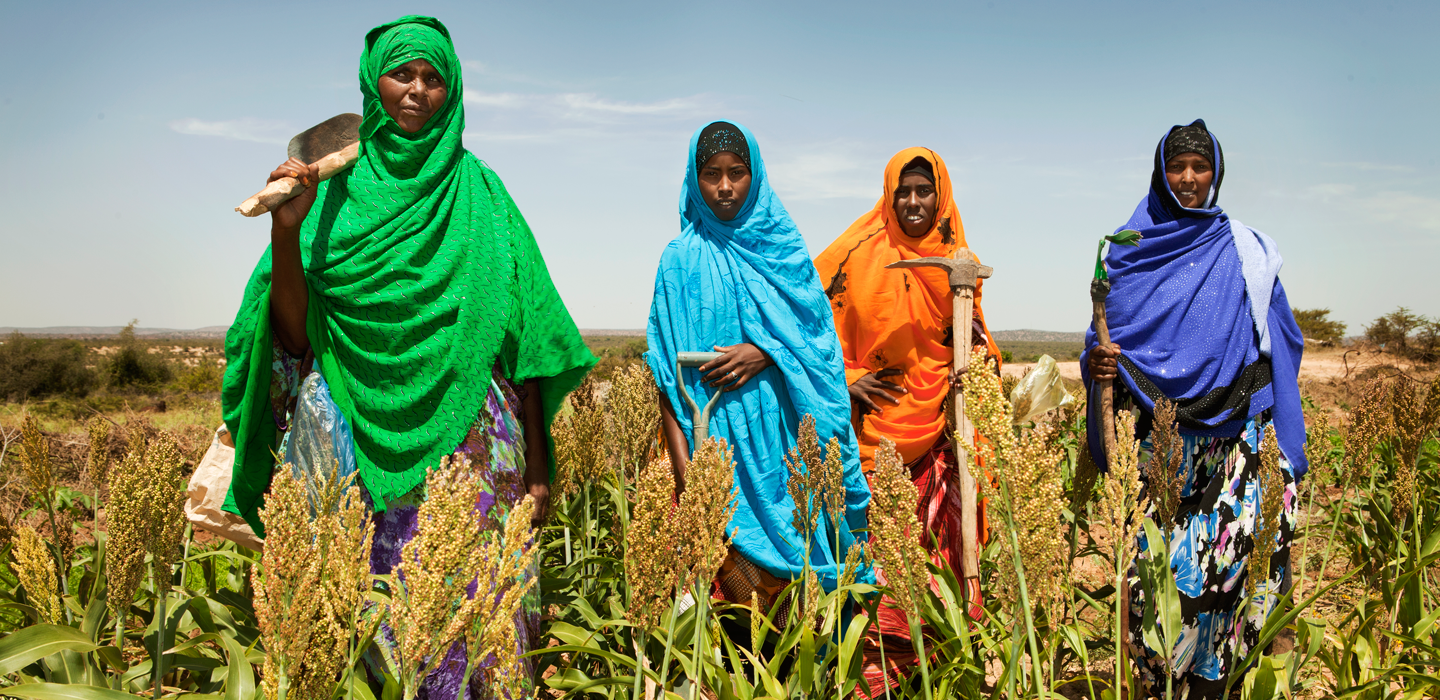Creating opportunities for rural youth
IFAD Asset Request Portlet
Asset Publisher
Creating opportunities for rural youth
Estimated reading time: 3 minutes
Nearly 1 billion youth live in developing countries, almost half of them in rural areas. IFAD’s Rural Development Report 2019, finds that this enormous rural youth population can pay a rich dividend in terms of social and economic growth – but only if they are given the right opportunities.
What are the main challenges and concerns that young people face in rural areas?
When you're young, you're transitioning into adulthood and there are the challenges we all face going from being a young person to being an adult. It's particularly complicated if you are young in a rural area. You need to have the skills necessary to be productive in a rapidly changing economy. There's the digital revolution, climate change, urbanization, and dietary transformation. All this has happened before, but not at this speed. So they're a little worried about having the right cognitive and non-cognitive skills, such as teamwork and social networks, needed in the modern economy.
People are living longer than they were before, which means you inherit land later and you're less likely to inherit land if you're a woman. Fewer than one in 10 youth own land in sub-Saharan Africa, compared with one in three adults. Young women are half as likely as young men to own land. Accessing credit and finance to pay for agriculture is hard when you're young. Without these it's pretty hard to get ahead.
We often hear that farmers are getting older and that young people do not want to work in agriculture. Is this the case?
One of the things that you hear is the idea that farmers are getting older. When you look at the data the average age is around 45 for heads of households and for all individuals who spend time farming it is 34. It's not the case that young people are leaving agriculture; in fact, the majority of young people in rural areas are, from 15 to 24, actually working in agriculture one way or the other, however, they want a different kind of agriculture than their parents had. They don't want the drudgery of agriculture. Young people are ready to be in agriculture, but they want it to be a business, they want it to be profitable and they want something different.
There’s a lot of focus on youth right now. Is that enough to focus policies and development on youth alone?
We expect the number of young people in Africa to double between now and 2050. Given this youth bulge there’s a tendency to just focus on youth. The problem is that if there are no general opportunities then youth opportunity is not possible. If we train youth on digital technology that provides crop and price information but there is no market access that project will fail. Youth policy has to be embedded in broader development strategies, in particular rural development.
That being said, where there are opportunities, young people do face particular constraints. It's not enough to create general opportunities: you also have to concentrate on the specific constraints that young people face at the same time. Segmenting the youth policy away from the rest can actually hurt youth. What you want is involve them in the broader context, so if you're doing rural development strategies, young people should be involved because this is their future
The report addresses the gender imbalance and it was interesting to read about the triple burden that women face. Could you talk about that?
We know that rural areas face some constraints that don’t exist in urban areas. We know that young people have their own limitations. We also know that women in particular have a number of constraints in getting access to inputs, access to labour, having assets, rights to land, and all of those things combined create that triple burden for young women.
To overcome this combination of constraints you have to systematically address these issues and that starts with the empowering of women. But beyond that, they also need access to land and the enactment of rules that allow them access to land, access to credit, inputs and labour.
How are rural young people more vulnerable to climate change?
The countries that are more vulnerable to climate change are those that are heavily dependent on agriculture. These are also where a higher number of young people live.
Young people face particular constraints - they need to learn about climate, they need to learn about what's happening to the environment in which they are going to be operating and they have constraints to getting that kind of information. Climate change is a young person's issue because they are facing it most in a sector they work in a lot and it's going to get worse. They are also going to face constraints in getting the necessary information to address it, to be adaptive.
Read the Rural Development Report 2019 - Creating opportunities for rural youth
Publication date: 17 July 2019